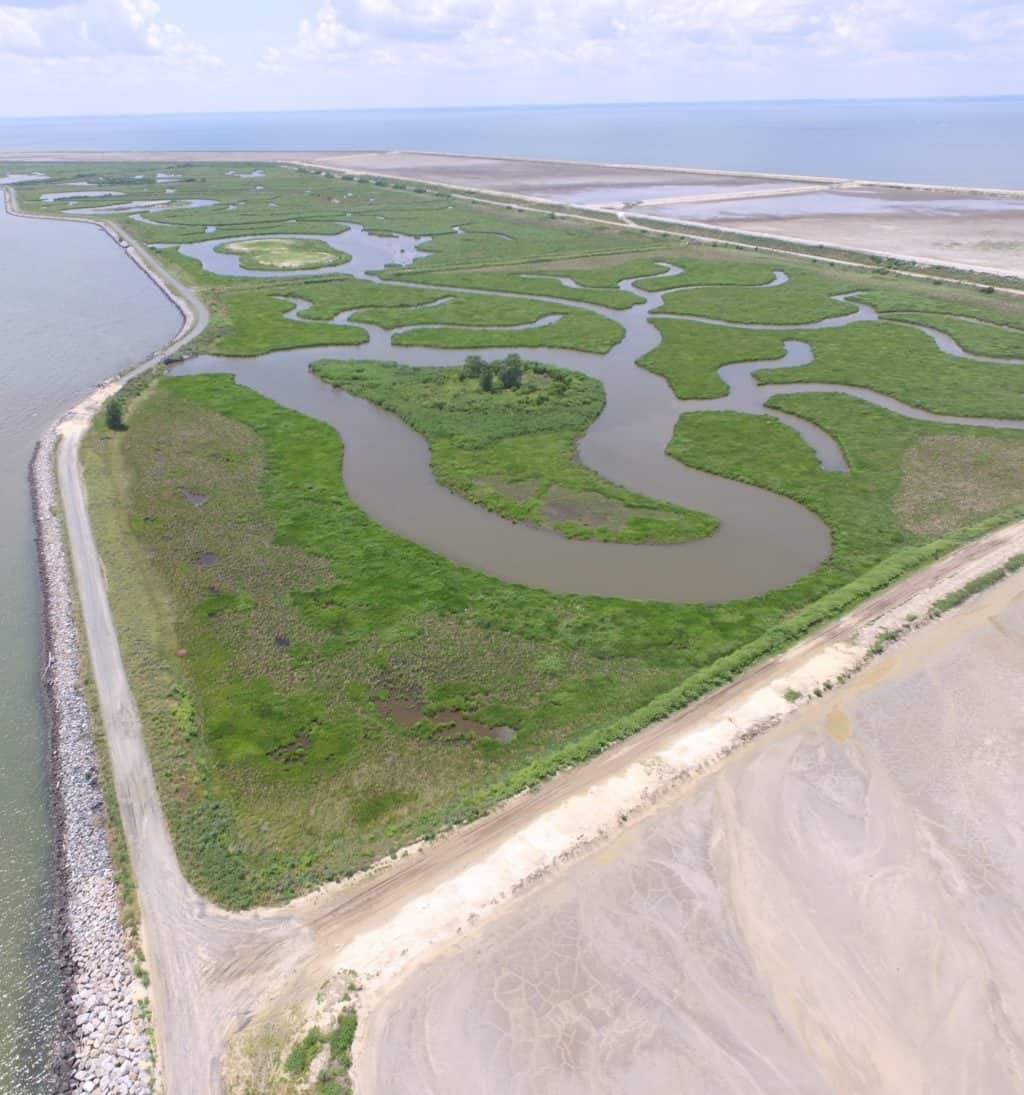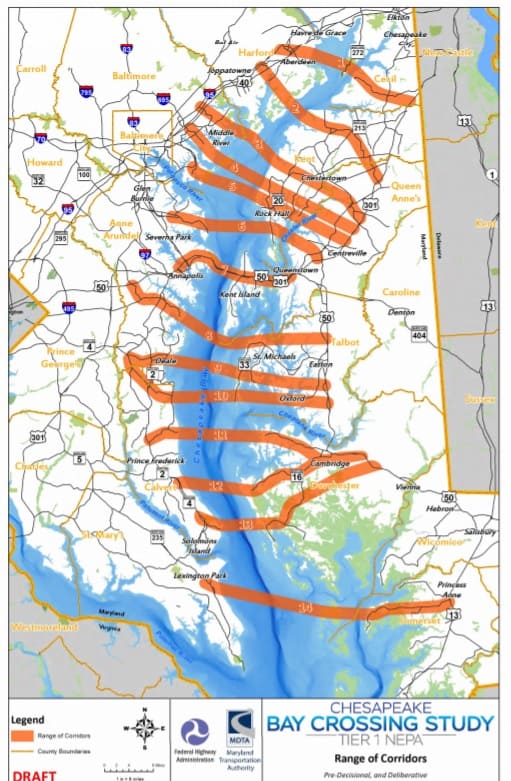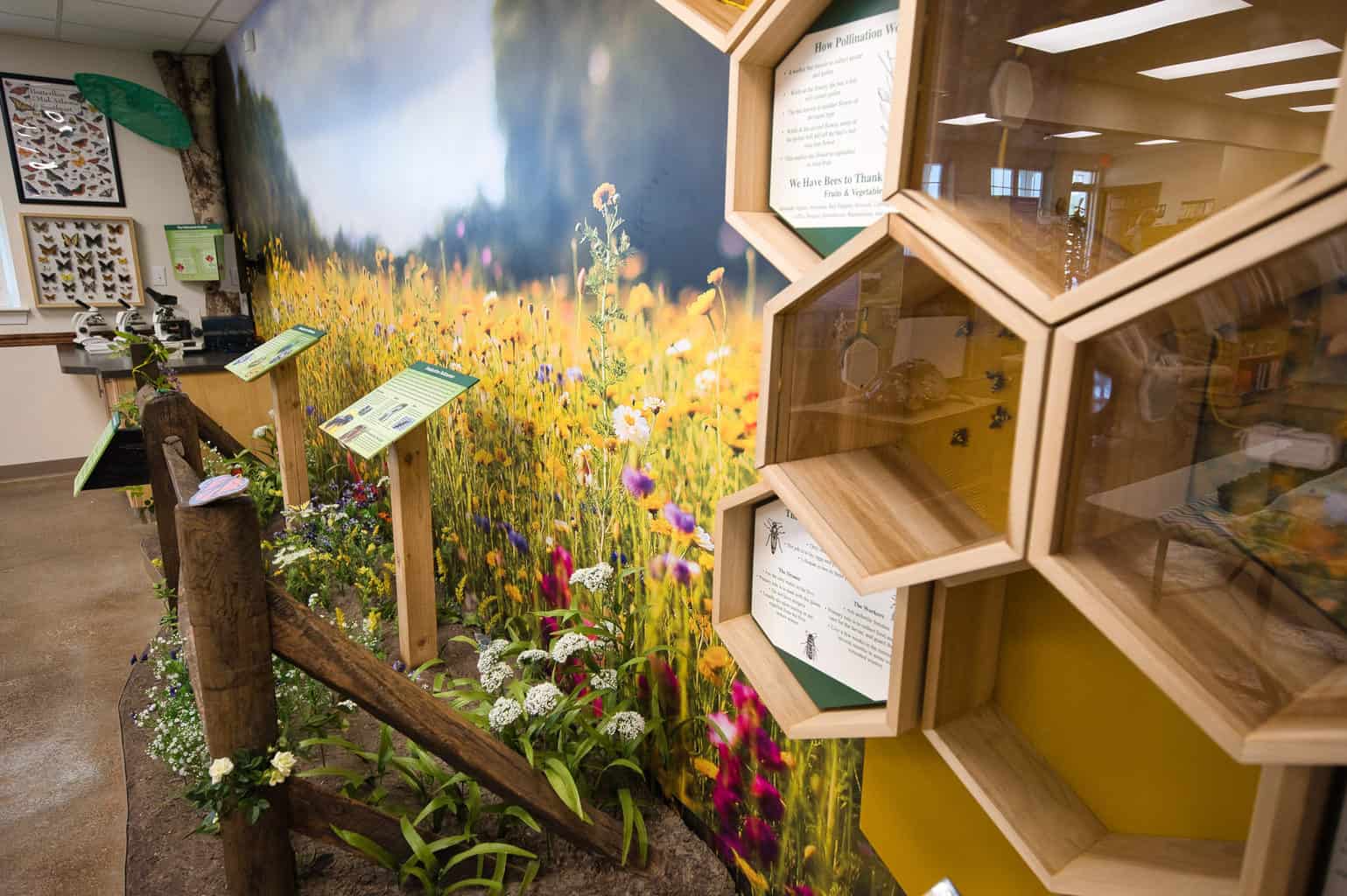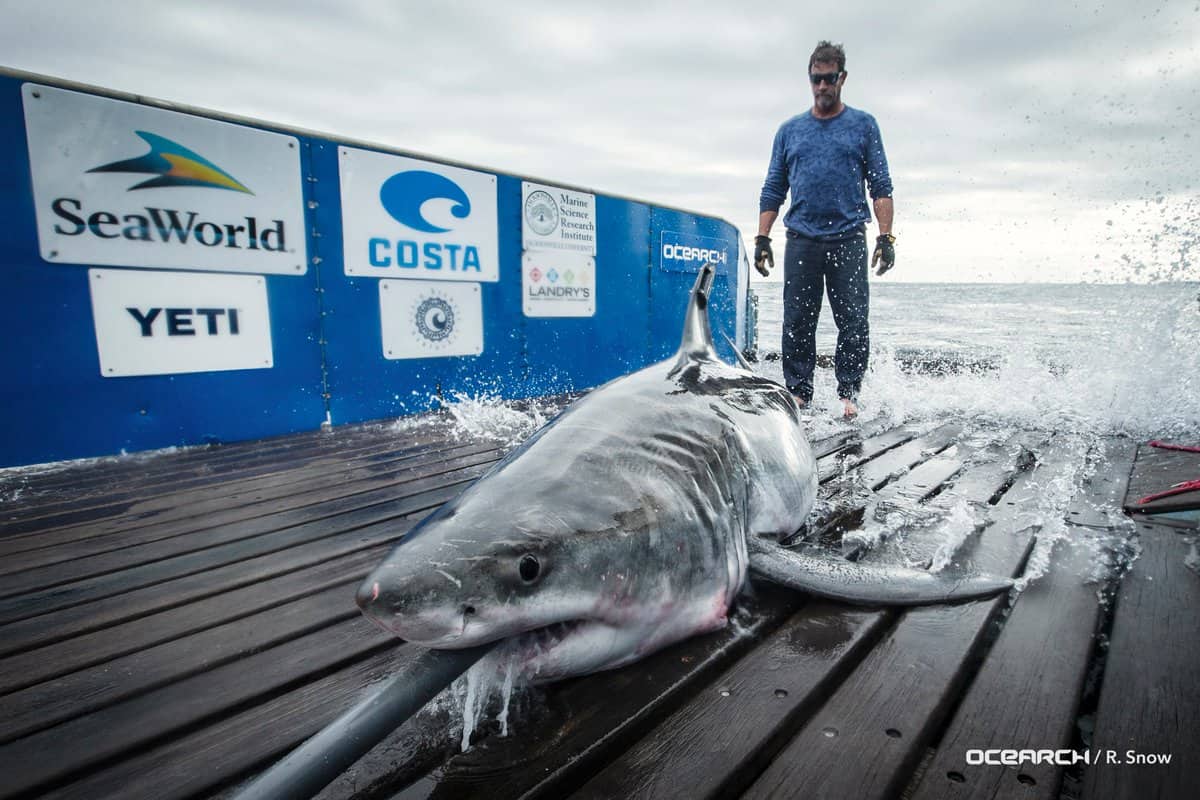Poplar Island, the feat of engineering that turns dredged harbor material into flourishing wildlife habitat, is now more than 75% of the way finished.
Moffatt & Nichol, the engineering firm working on the Poplar Island Environmental Restoration Project, released new photos of the partly-manmade island, calling it “almost complete.”
In the late 19th century, Poplar Island was about 1,000 acres of wildlife habitat. Over time, sea level rise and erosion ate it away to less than five acres. 25 years ago, someone came up with the idea to rebuild the island using “clean dredged material” from Baltimore’s shipping channels.
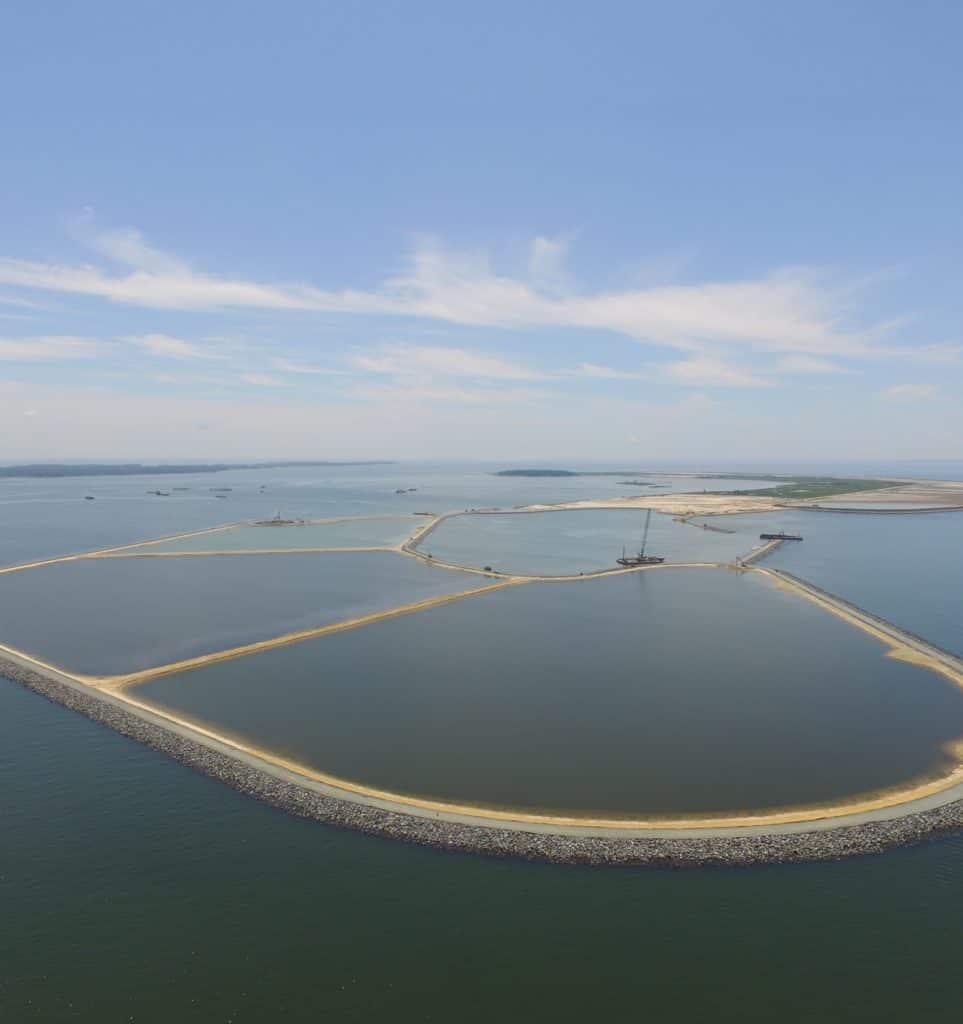
Since 1994, the U.S. Army Corps of Engineers, Baltimore District, and its partners have been carefully shaping the island, and in 2002, the initial dike construction was finished. In 2007, Congress authorized the project team to expand the island beyond its original footprint, and now, it’s set to grow to more than 1,700 acres.
Moffatt & Nichol says the final project will include “approximately 776 acres of tidal wetlands, including low marsh and high marsh habitat, bird nesting islands, and open water ponds, a 110-acre open water embayment, and an upland with trees and shrubs of approximately 829 acres,” along with another dike and breakwater.
The expansion project started in 2016, and by the time it’s done, Poplar Island will contain 68 million cubic yards of dredged material. That’s equivalent to filling over 14 New Orleans Superdomes with material.
The Army Corps says that with the frequent dredging needed to keep port channels clear, it’s always been a challenge to find places to put that dredged material. But using it to make wildlife habitat is a win-win.
“Not only does Poplar Island provide a place for dredged material to be placed, but it’s become a haven for hundreds of species of plants and animals in the mid-Atlantic region,” said Seth Keller, Baltimore District biologist.
The Army Corps of Engineers says with the proper funding, the project at Poplar Island will be completed in 2044.
-Meg Walburn Viviano

